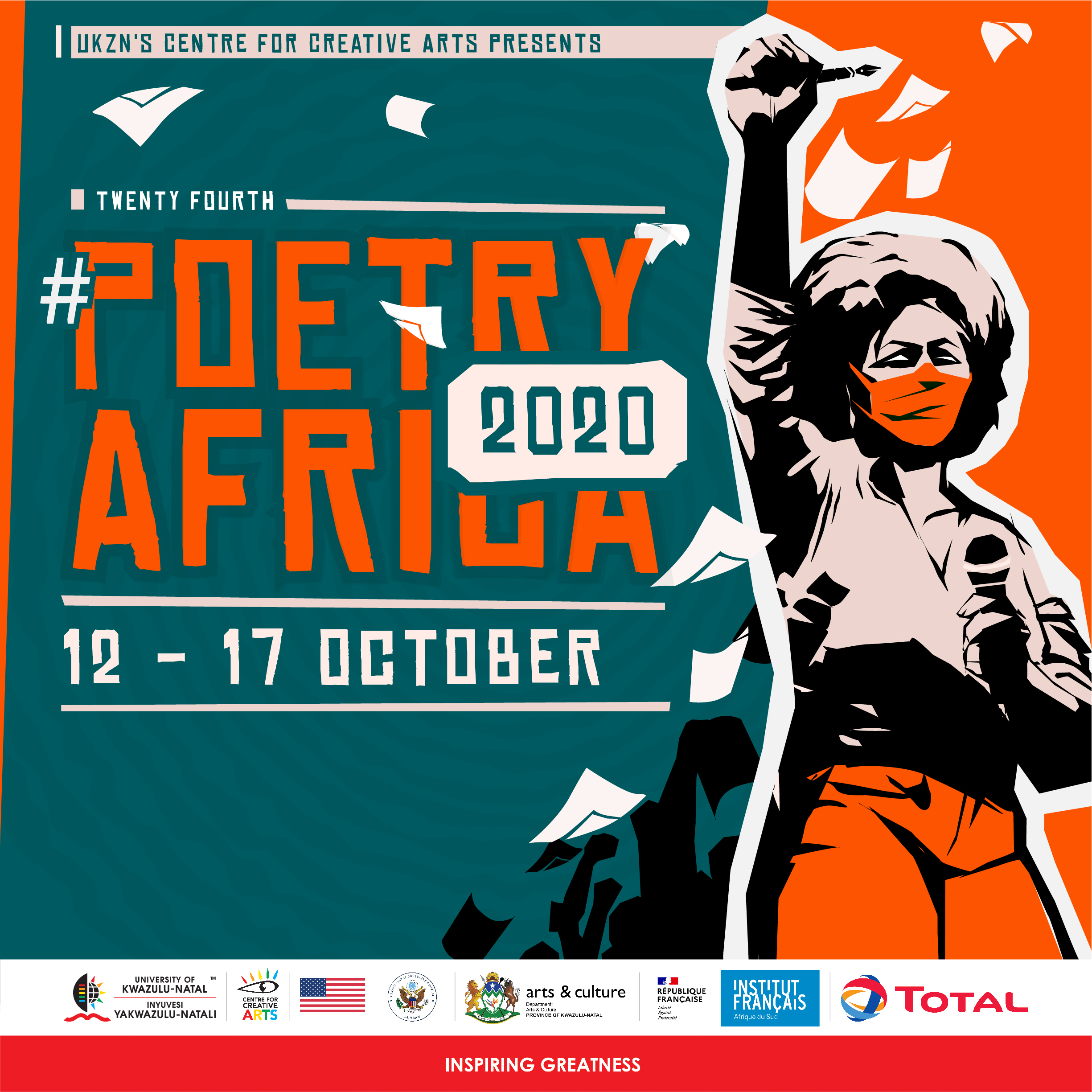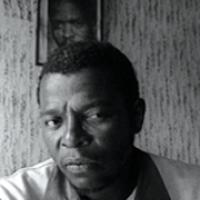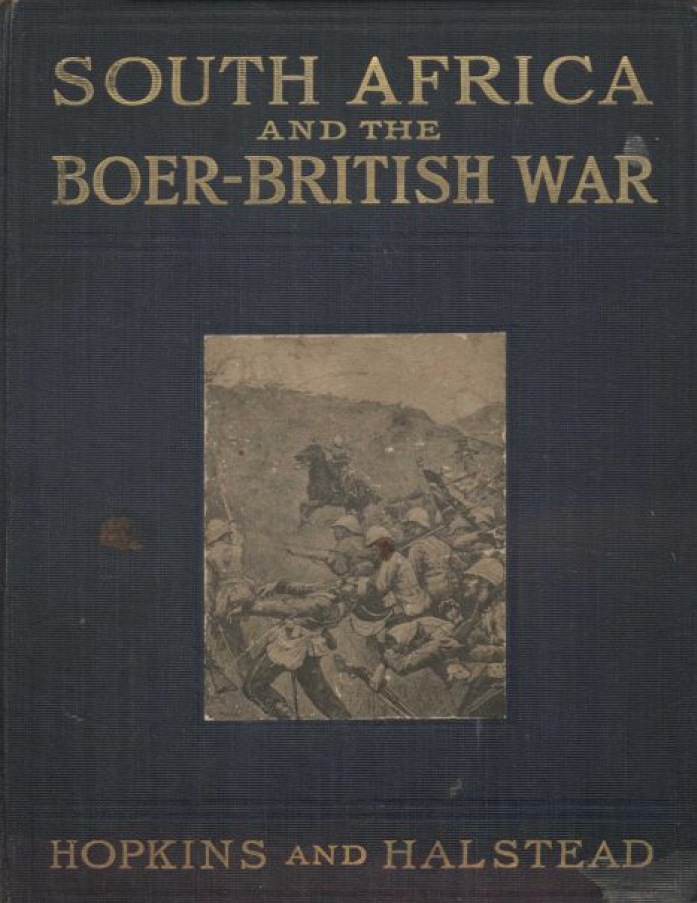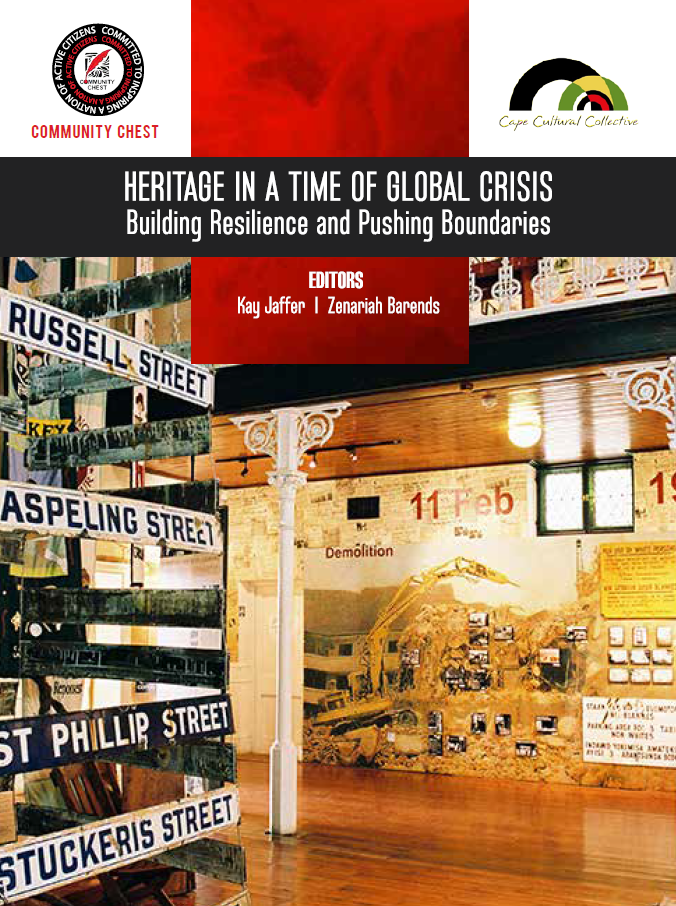Eve Hall
Eve Hall was born on 20 March 1937 in Paris, France, to a Jewish father and a German mother. When the Second World War broke out, her father was on a visit to South Africa, leaving her mother to cope with a half-Jewish child under Nazi occupation. Defiantly, she refused to pin the yellow Star of David (an identifier that Jewish people had to wear) on her daughter’s clothes.
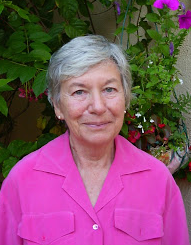
Sumboornam Pillay
Sumboornam (Sam) Pillay, who later became known as Sam Moodley, was born in 1948*. She grew up in the multi-cultural community of Dundee, Northern Natal (now KwaZulu-Natal), where African, Indian and Coloured families lived together peacefully before the Group Areas Act tore the community apart.
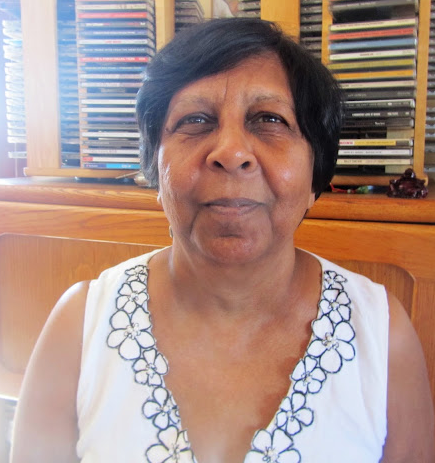
Natures Valley, Garden Route
Odendaalsrus, Free State
Pearston, Eastern Cape-Karoo
Mary Matilda Brown
Mary Matilda Brown was born in Sea Point, Cape Town, Western Cape, South Africa on 20 July 1847. She advocated for social and moral reform and was a campaigner for women’s rights. Brown trained as a midwife in Scotland. She actively participated in the temperance movement against the trade of alcohol.
Omar Badsha: Recording the roles of the ordinary by Niren Tolsi (Mail and Guardian), 17 September 2020
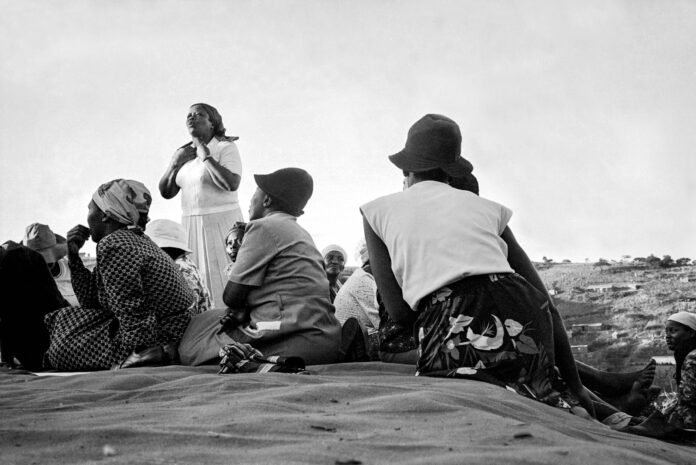
This moment’s gaping generational divide, exacerbated by the Covid-19 pandemic, with its accompanying sense of history being lost and collective memory fading, comes into sharp focus when speaking to social documentary photographer and artist, Omar Badsha.
The 75-year-old Badsha is a political and cultural elder. A colossus.
